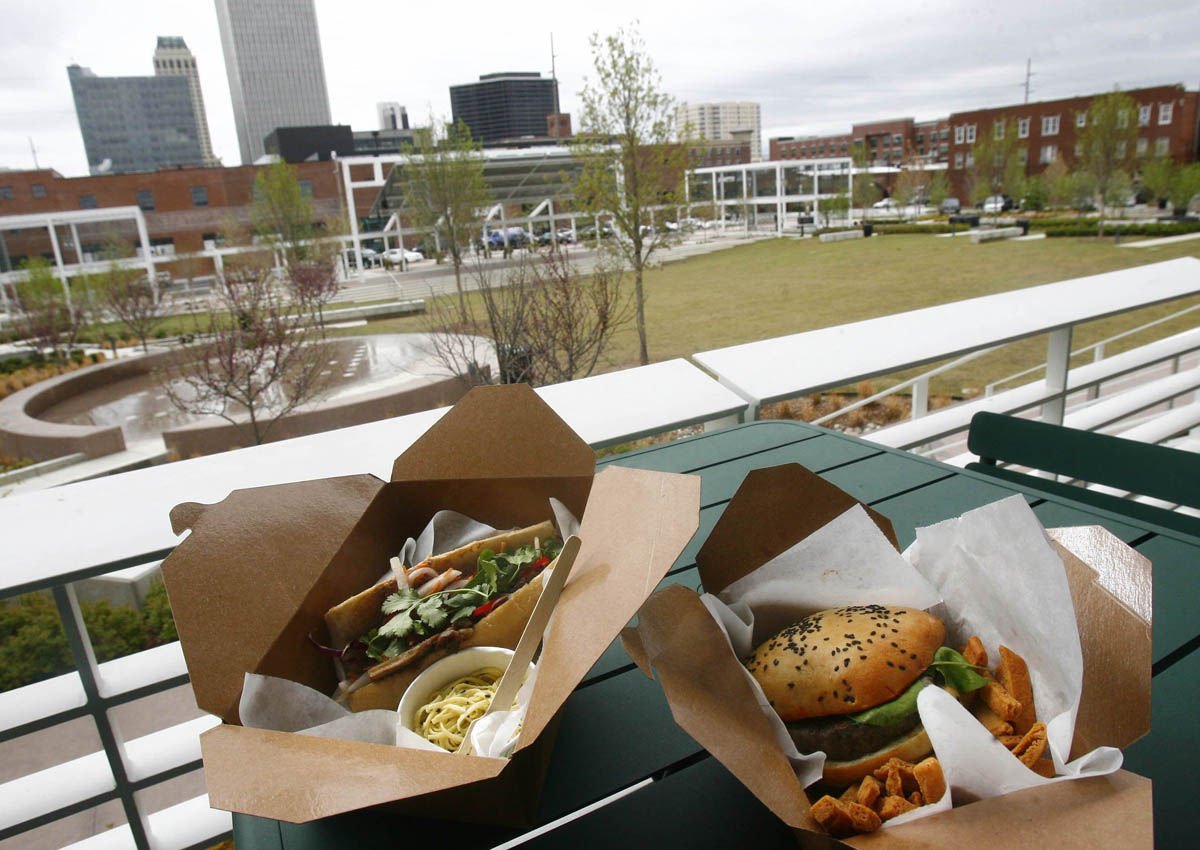

Along 6th Street in this tiny sample area, one would find several auto body and auto repair shops, the original location of Ehrle’s Party and Carnival Supply, and a machinery supply shop, lunch counter, electrical supply, saw sharpening service, and several print shops. Along with these neighborhood services, there were other businesses that provided goods and services to adjacent industrial areas as well as the nearby downtown business district. From 1920 to 1964, the local residential population seemed to adequately sustain two small groceries, as well as a barber shop, drugstore, dry cleaner, shoe repair shop, beauty shop, tavern, and restaurant. Nevertheless, these successfully coexisted for over 50 years.Įxamining business records along a sample area, a two block long stretch of 6th Street from Peoria to Rockford Avenue, one can begin to understand this odd mix of businesses. There were a variety of offerings nearby, and the mix of shops and businesses along 6th Street were eclectic by today’s standards.

The neighborhood thrived as it continued to cater to the downtown central business district, a large industrial district, and several working-class residential areas. A quick examination of businesses in the area14 reveals that by 1930, this area was firmly established as a diverse, mixed-use, urban neighborhood. The 6th Street Neighborhood was east Tulsa in 1912. Continuous construction of new houses and industry in the area over the next decade helped bring about the development of a number of commercial businesses supporting industry and residents. Located along the Missouri Kansas Texas (M.K.T.) rail line, there was a glass factory, cannery, and an oil depot. At this time there were already a few buildings in the area. The “platting”, or subdividing, of land in the 6th Street Neighborhood began in 1909. Review of early business directories indicates rapid growth in the 1910s and 1920s, an extended period of sustained success through the 1960s, and a period of decline beginning in the 1970s. This pattern is repeated in many of the older parts of Tulsa. Development in the 6th Street Neighborhood reflects this initial explosion of growth, followed by and extended period of stability, and ultimately a period of decline. By then, Tulsa was well-established as the “Oil Capital of the Nation”. Additional oil finds in the area allowed this boom to continue the next 30 years. With the discovery of oil at Red Fork in 1901, investors, wildcatters, and their families, began to pour into Tulsa. On November 2nd, 2005 the Tulsa Area Metropolitan Planning Commission released a plan amending a part of the detail plan for planning District 4 of the Comprehensive Plan for the Tulsa Metropolitan Area.

The Pearl District is an area of the city just to the east of downtown Tulsa, located between I-244 and 11th Street, and between the downtown Inner Dispersal Loop (IDL) and Utica Avenue.


 0 kommentar(er)
0 kommentar(er)
